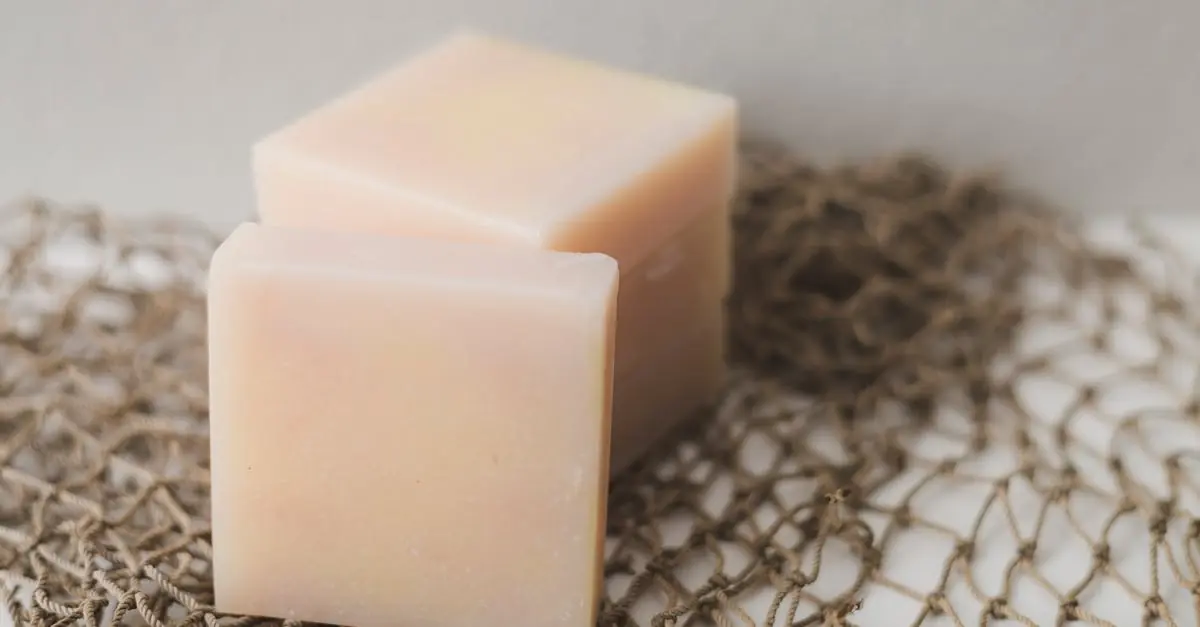When it comes to skincare, exfoliation is the secret sauce for a glowing complexion. But with two main contenders in the ring—chemical and physical exfoliation—how do you choose your champion? One promises a gentle touch while the other brings the scrubbing power. It’s like picking between a soothing spa day and a vigorous workout; both can leave you feeling fabulous, but each has its own flair.
Table of Contents
ToggleOverview of Exfoliation
Exfoliation plays a crucial role in skincare routines for maintaining a healthy complexion. Two primary methods of exfoliation include chemical and physical processes. Chemical exfoliation utilizes acids or enzymes to dissolve dead skin cells, leading to a smoother skin texture. This method is gentle and suitable for various skin types, including sensitive skin. Common substances in chemical exfoliants are alpha hydroxy acids (AHAs) like glycolic acid and beta hydroxy acids (BHAs) such as salicylic acid.
On the other hand, physical exfoliation involves scrubs or brushes that manually remove dead skin cells through abrasion. Products like sugar scrubs and loofah tools provide immediate results but may irritate sensitive skin. Users often experience instant brightness with this method. Choosing the right exfoliation type depends on individual skin needs and sensitivities.
Both exfoliation types promote cell turnover, which encourages the appearance of fresh skin. The frequency of exfoliation should vary based on skin type; oily skin may benefit from more frequent treatments than dry or sensitive skin. Dermatologists often recommend incorporating exfoliation into a skincare routine one to three times weekly.
Consultation with a skincare professional can help determine the most suitable exfoliation method. Regular exfoliation not only improves skin texture but also enhances the absorption of other skincare products. As a result, understanding the differences and benefits of chemical versus physical exfoliation equips individuals to make informed skincare choices.
Chemical Exfoliation
Chemical exfoliation utilizes active ingredients to remove dead skin cells through gentle dissolution. This method is suitable for a variety of skin types, providing effective results without the harsh scrubbing associated with physical exfoliation.
Types of Chemical Exfoliants
AHAs, primarily derived from fruits, include glycolic acid and lactic acid. BHAs, such as salicylic acid, penetrate pores to target oil and acne. Enzymatic exfoliants, like papain or bromelain, derive from natural sources and offer gentle exfoliation by breaking down protein bonds in dead skin cells. Each exfoliant serves unique purposes, allowing users to choose based on skin concerns and sensitivity levels.
Benefits of Chemical Exfoliation
Chemical exfoliation enhances skin renewal, promoting a brighter complexion. It effectively clears clogged pores, reducing the risk of breakouts. This method supports even skin tone by diminishing dark spots and hyperpigmentation. Users often experience improved skin texture, giving a smoother surface. Additionally, chemical exfoliation increases product absorption, maximizing the effectiveness of serums and moisturizers. Regular use fosters healthier skin, promoting that sought-after glow.
Physical Exfoliation
Physical exfoliation involves using tangible tools or products to manually slough off dead skin cells. This method provides an instant refresh to the skin’s surface.
Methods of Physical Exfoliation
Tools such as scrubs, brushes, and sponges facilitate physical exfoliation. Scrubs often contain small granules from ingredients like sugar or salt, which help polish the skin. Brushes, whether handheld or electric, offer gentle abrasion that revitalizes the skin. Sponges made from natural materials, such as konjac, can also effectively exfoliate without severe irritation. Each technique removes dead cells while encouraging blood circulation, promoting healthier skin.
Advantages of Physical Exfoliation
Immediate results characterize physical exfoliation. Skin often appears smoother and brighter following use. This method provides the tactile feedback many users appreciate, making it easy to see and feel its effectiveness. Physical exfoliation suits various skin types, including oily and combination skin, and can effectively clear clogged pores. Users can tailor the intensity based on their specific needs, using more vigorous scrubbing for tougher areas. As a result, physical exfoliation enhances the delivery of skincare products, ensuring better absorption of serums and moisturizers.
Comparing Chemical and Physical Exfoliation
Chemical and physical exfoliation both play vital roles in skincare routines. Each method offers unique benefits and can be effective depending on individual needs.
Effectiveness
Chemical exfoliation provides deep penetration into the skin while dissolving dead skin cells. Using AHAs like glycolic acid or BHAs such as salicylic acid, it targets not only surface issues but also congestion within pores. This method improves skin texture and clarity over time, yielding gradual yet noticeable results. In contrast, physical exfoliation delivers immediate gratification by manually removing dead skin cells through scrubbing. Products like scrubs and brushes can leave skin feeling refreshed instantly. Each approach is effective, but results manifest differently, catering to various preferences and skincare goals.
Skin Types and Concerns
Different skin types respond differently to exfoliation. Chemical exfoliation suits sensitive skin. It minimizes irritation while achieving smoother texture and increased radiance. Oily skin benefits from BHAs, as they penetrate pores and combat breakouts effectively. Physical exfoliation is ideal for those with normal or combination skin, allowing customization of intensity based on individual tolerance. Individuals with dry skin should use physical exfoliants cautiously to avoid over-exfoliation. Consulting with a skincare professional remains essential to determine which exfoliation method aligns best with specific skin concerns and conditions.
Choosing between chemical and physical exfoliation ultimately depends on individual skin needs and preferences. Each method offers unique benefits that cater to various skin types and concerns. Chemical exfoliation provides a gentle yet effective way to enhance skin texture and clarity, making it suitable for those with sensitive skin. On the other hand, physical exfoliation delivers immediate results and can invigorate the skin, appealing to those who enjoy a more hands-on approach.
By understanding these differences, individuals can make informed decisions that align with their skincare goals. Regular exfoliation, regardless of the method, plays a crucial role in achieving a radiant complexion and promoting overall skin health.








